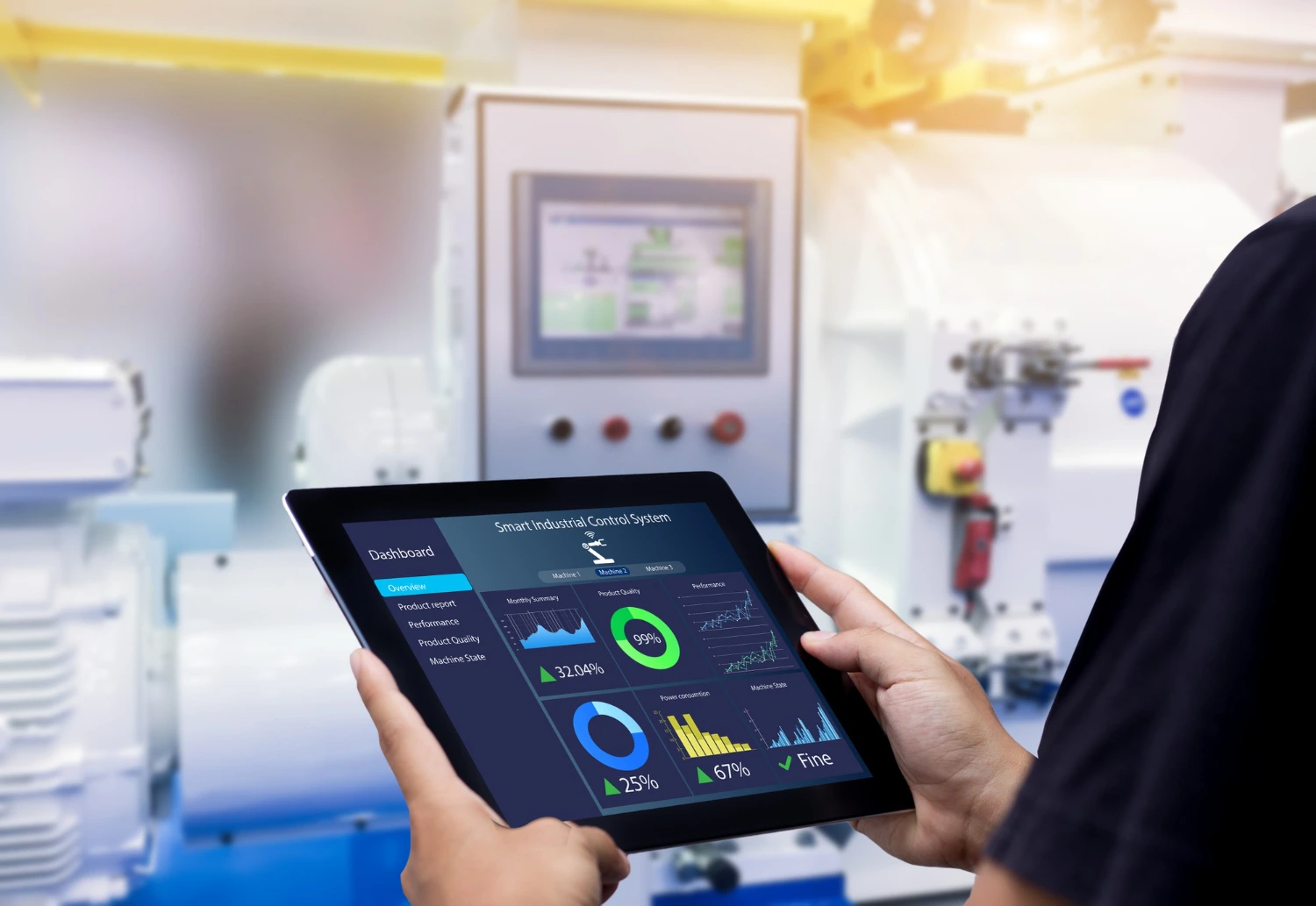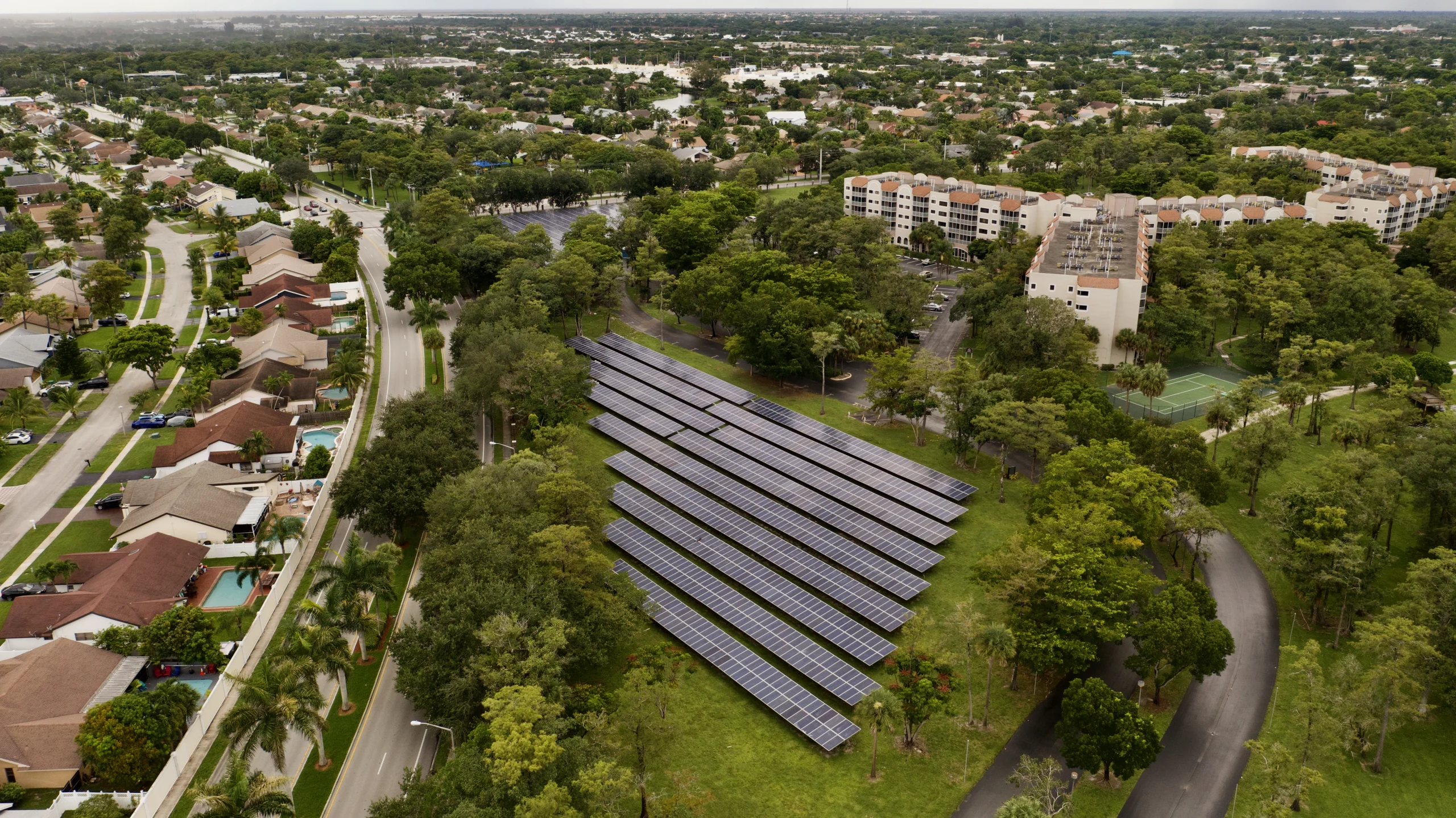Energy Use Intensity (EUI) is a crucial metric for measuring the energy efficiency of your building. It’s calculated by dividing the total energy consumption of your building by its total floor area. EUI is typically expressed in terms of energy use per square foot per year, providing you with a standardized way to compare the energy performance of different buildings, regardless of their size or purpose.
A lower EUI indicates that your building is more energy efficient, while a higher EUI suggests it may be consuming more energy than necessary. Understanding your building’s EUI is essential as it allows you to assess its energy performance and identify opportunities for improvement. By analyzing this metric, you can make informed decisions about energy efficiency upgrades, retrofits, and operational changes that will help you reduce energy consumption and lower your operating costs.
Additionally, EUI can be used to benchmark your building’s energy performance against industry standards and best practices, helping you identify areas for improvement and set realistic energy reduction goals.
Key Takeaways
- EUI Measures Energy Efficiency: Energy Use Intensity (EUI) measures the energy use of your building relative to its size, providing a standardized way to compare energy performance across different building types.
- Calculating EUI: You can calculate EUI for various building types—commercial, residential, and industrial—by dividing total energy consumption by the floor area.
- Strategies for Reduction: Effective strategies for reducing EUI include implementing energy-efficient technologies, optimizing building systems, improving insulation, and promoting energy conservation among occupants.
- Compliance Matters: EUI compliance is crucial for meeting energy efficiency regulations, reducing operational costs, and enhancing the environmental sustainability of your building.
- Technology Upgrades: Implementing technologies like LED lighting and smart HVAC systems can significantly reduce EUI and improve overall building performance.
- Regular Monitoring: Monitoring and reporting your EUI regularly allows you to identify areas for improvement, track progress toward energy efficiency goals, and demonstrate compliance with regulations.
- Consult the Experts: The first step towards achieving EUI compliance is to seek the expertise of a sustainability consultant who can help help you navigate compliance complexities, improve building performance, and optimize facilities for a more sustainable future.
What is Energy Use Intensity (EUI)?
Energy Use Intensity (EUI) is a measure of how much energy a building uses relative to its size. It is typically expressed in terms of energy consumed per square foot or square meter over a year. For instance, if a building uses 100,000 kilowatt-hours (kWh) of energy in a year and has a total area of 10,000 square feet, the EUI would be 10 kWh per square foot per year.
Here’s how to think about it in simple terms:
Energy Consumption: This is the total amount of energy used by the building in a year. It can include electricity, heating, cooling, and other forms of energy.
Building Size: This is the total area of the building, usually measured in square feet or square meters.
EUI Calculation: You take the total energy used and divide it by the size of the building. So, the formula looks like this:
EUI=Total Energy Used (kWh) / Total Building Area (sq ft)
Purpose: EUI helps owners and managers understand how efficiently a building uses energy compared to similar buildings. A lower EUI generally indicates better energy efficiency.
Real-Life Implementation: For example, if a school wants to reduce its energy costs, it could calculate its EUI to see how it compares to other schools. If its EUI is higher, it might consider upgrading insulation, using energy-efficient lighting, or installing solar panels to improve efficiency.
Calculating EUI for Different Building Types
When calculating EUI for different types of buildings, it’s essential to understand their specific energy consumption patterns and operational characteristics. For example, the EUI of a commercial office building will differ from that of a hospital or manufacturing facility due to variations in energy use profiles, occupancy schedules, and equipment requirements.
For commercial office buildings, focus on factors like lighting density and HVAC system efficiency. On the other hand, when calculating EUI for a hospital, consider the energy consumption of medical equipment and continuous HVAC requirements. By understanding these unique characteristics, you can develop targeted strategies to improve energy efficiency and reduce EUI.
Strategies for Reducing EUI
To effectively reduce EUI, you need a comprehensive approach that addresses both operational and technical aspects of your building’s energy use. Here are some strategies:
- Conduct Energy Audits: Start with an energy audit to pinpoint areas of inefficiency and prioritize opportunities for savings. Analyze utility bills, conduct on-site inspections, and use modeling software to simulate potential improvements.
- Implement Operational Changes: Adjust temperature setpoints and optimize equipment schedules. Engage your building occupants in energy conservation efforts—small behavioral changes can lead to significant reductions in energy use.
- Invest in Energy-Efficient Technologies: Upgrade to LED lighting and high-efficiency HVAC systems. These improvements can lead to substantial energy savings and lower maintenance costs while enhancing comfort for everyone in the building.
By combining operational changes with the implementation of advanced technologies, you can achieve significant reductions in EUI and improve your building’s overall sustainability.
The Importance of EUI Compliance
EUI compliance is essential for demonstrating your commitment to sustainability and energy efficiency. EUI compliance regulations can vary by location, but some jurisdictions that have implemented such energy use intensity regulations include but are not limited to the following:
- California: The Golden State has strict energy efficiency standards under the California Energy Code (Title 24) and various local regulations in cities like San Francisco and Los Angeles.
- New York City: The city’s Local Law 97 requires large buildings to meet specific energy efficiency targets based on EUI to reduce greenhouse gas emissions.
- Washington State: The Clean Building Performance Standard mandates commercial buildings to meet specific energy performance targets based on energy use intensity (EUI). This initiative aims to enhance energy efficiency, reduce greenhouse gas emissions, and promote sustainable building practices throughout the Evergreen State.
- Washington, D.C.: The District has enacted laws requiring energy efficiency measures in buildings, including EUI reporting.
- Boston: The city’s Building Emissions Reduction and Disclosure Ordinance (BERDO) mandates that buildings meet EUI standards for carbon emissions.
By complying with these requirements, you contribute to healthier communities and a more sustainable future.
What are the Benefits of EUI Compliance?
Achieving compliance can lead to lower operating costs, increased property value, and enhanced marketability for environmentally conscious tenants.
- Tax Deductions: Under the Inflation Reduction Act, if you reduce your EUI by at least 25%, you may qualify for tax deductions ranging from $2.50 to $5.00 per square foot.
Scenario:
If a building makes improvements to lower energy usage by 25% or more, they can get a tax break. For example, if the building is 10,000 square feet and they qualify for a $3.00 deduction per square foot, they could save $30,000 on their taxes ($3.00 x 10,000 sq ft).
- Reduced Costs: Energy-efficient upgrades can lower utility bills significantly over time.
Scenario:
A commercial office building replaced 100 fluorescent bulbs with energy-efficient LED bulbs for $2,500, resulting in annual energy savings of approximately $748.80, with a payback period of about 3.34 years. After recouping the initial investment, the building enjoys ongoing savings on its electricity bills.
- Increased Property Value: Energy-efficient buildings often attract higher-quality tenants and increase property value.
According to JLL Research, sustainability is now a top consideration among companies looking for spaces to lease. Tenants, especially those from sustainability-conscious companies, are increasingly prioritizing energy-efficient buildings as part of their broader environmental commitments. These buildings align with their corporate values and help them achieve their sustainability targets.
Implementing Energy-Efficient Technologies
Implementing energy-efficient technologies is pivotal for reducing your building’s EUI and improving overall performance:
- Building Automation Systems (BAS): Utilize advanced BAS to optimize HVAC, lighting, and other systems. This technology allows real-time monitoring and control of energy use.
Think of BAS as a building’s brain that helps manage things like heating, cooling, and lights to save energy. They can monitor how much energy is being used in real time and adjust settings automatically to make sure everything runs efficiently. This means buildings can stay comfortable while using less energy, leading to lower utility bills.
- High-Efficiency HVAC Systems: Invest in systems that incorporate variable speed drives and advanced controls to significantly reduce consumption while maintaining comfort.
High-efficiency HVAC systems are like smart temperature control systems that can adjust how much heating or cooling they provide based on the building’s needs. By using variable speed drives, these systems can run more efficiently and use less energy while still keeping everyone comfortable. This means lower energy bills and a more pleasant indoor environment.
Effective CapEx project management ensures successful implementation
- LED Lighting: Switch to LED fixtures equipped with controls like occupancy sensors to maximize savings while improving lighting quality.
LED lighting saves energy by using a special technology that converts most of the electricity it consumes into light rather than heat. Unlike traditional bulbs, which waste a lot of energy as heat, LEDs are super efficient and can produce the same amount of light using much less electricity.
Monitor and Report EUI
To effectively track your energy consumption:
- Use Energy Management Software: Collect real-time data on energy use to analyze trends and generate reports on your EUI performance. This information will help you identify high-consumption areas.

Here are some of the leading energy management software applications that are being used in the market today:
-
- EnergyStar Portfolio Manager: This free online tool from the Environmental Protection Agency (EPA) allows users to track and assess energy and water consumption across multiple buildings. It helps identify trends in energy usage and provides benchmarking against similar buildings.
- Lucid BuildingOS: This platform provides real-time data collection and visualization tools for managing building performance. It allows users to analyze energy consumption trends, set goals, and generate reports on key performance indicators, including EUI.
- Schneider Electric’s EcoStruxure™ Energy Hub: This software offers comprehensive energy management capabilities, enabling users to monitor energy usage in real time, identify inefficiencies, and optimize energy consumption throughout their facilities.
- Honeywell Energy Management Solutions: Honeywell’s software enables businesses to monitor energy usage, analyze data trends, and generate reports. This helps identify high-consumption areas and implement strategies for energy savings.
- Accruent: This facility management software includes energy management tools that allow users to track energy usage and costs, analyze trends, and create detailed reports to help make informed decisions about energy efficiency improvements.
2. Demonstrate Your Commitment: Regularly reporting your EUI performance shows your dedication to sustainability and compliance with regulations.
Many cities and states require businesses to report their EUI as part of energy benchmarking regulations. Check with your local government websites or agencies like the Department of Energy or state energy offices for specific reporting requirements.
3. Seek Recognition: Accurate reporting can also open up opportunities for green certifications or financial incentives for significant reductions in EUI.

These are some examples of certifications or financial incentives that you can take advantage of depending on your location:
-
- LEED (Leadership in Energy and Environmental Design): Buildings that provide accurate energy performance data, including EUI, can qualify for various points in the LEED certification process. A lower EUI can contribute to achieving higher certification levels, such as Silver, Gold, or Platinum.
- Energy Star Certification: The U.S. Environmental Protection Agency (EPA) offers the Energy Star label to buildings that perform in the top 25% of similar buildings in terms of energy efficiency. Accurate EUI reporting is essential for determining eligibility for this certification, which can enhance a building’s marketability.
- Local Law 97 (New York City): Under this regulation, buildings must report their energy usage and EUI to meet specific emissions targets. Buildings that significantly reduce their EUI may be eligible for financial incentives and exemptions from fines if they comply with the law.
- Washington State Clean Building Performance Standard: Buildings that meet or exceed the performance standards based on EUI can qualify for various incentives, including grants or tax breaks, which encourage energy efficiency improvements.
Achieving EUI Compliance: Consult the Experts
Achieving Energy Use Intensity (EUI) compliance is essential if you’re committed to sustainability and efficiency. It requires a proactive approach involving engagement with key stakeholders and implementing targeted strategies.
At Left Coast Facilities Consulting, we specialize in helping you navigate the complexities of achieving sustainability compliance. Our team provides tailored solutions that simplify the process while ensuring you enhance your building’s performance. With our expert guidance and technical assistance, you can focus on your core operations while confidently managing compliance and optimizing your facilities for a greener future.
Get in touch with us today!



